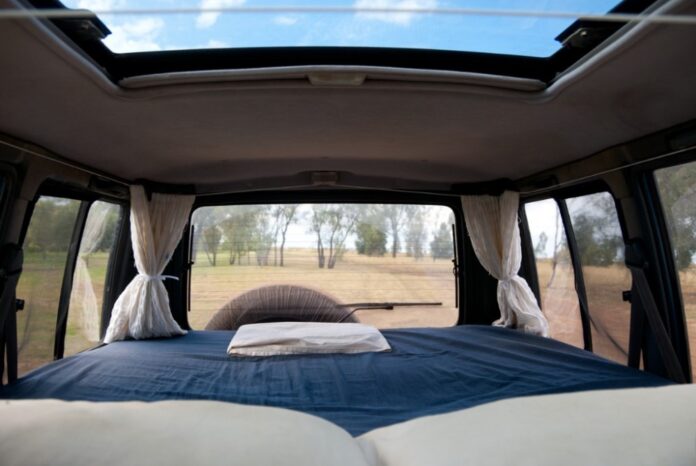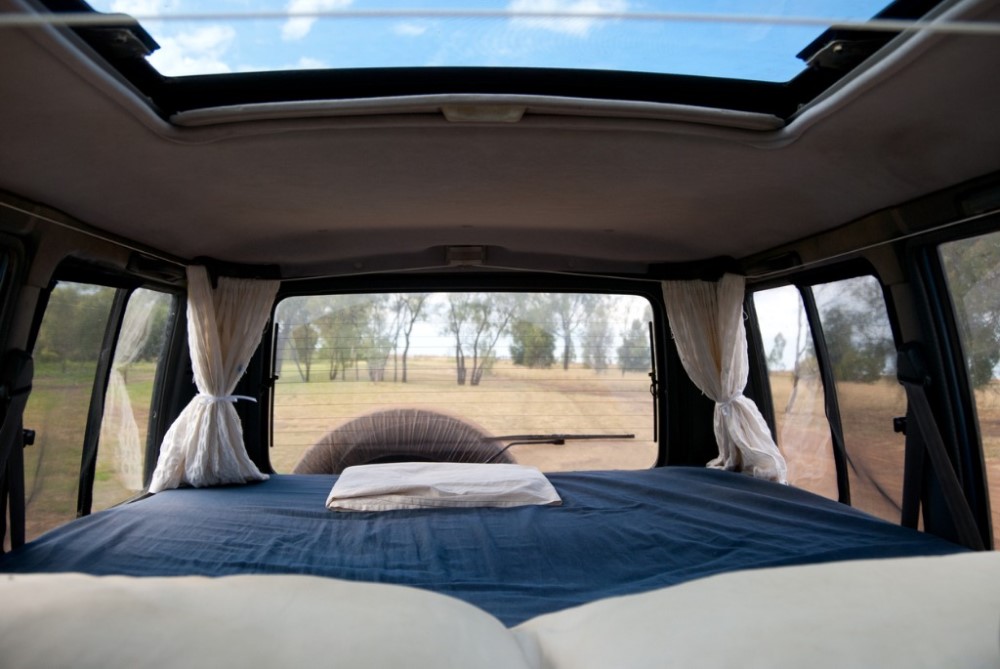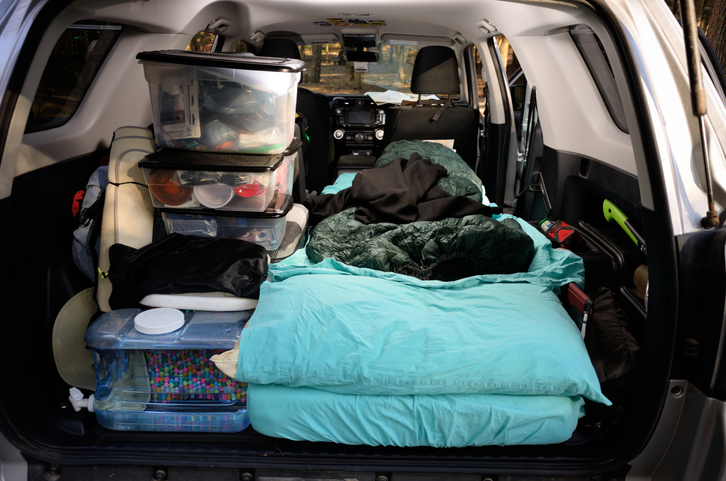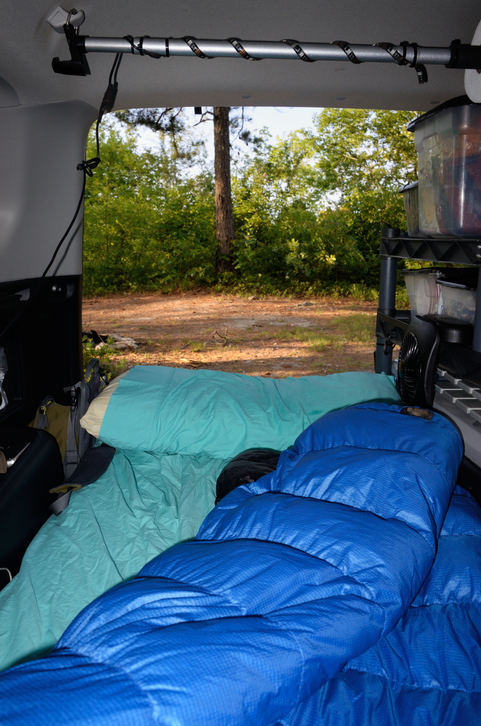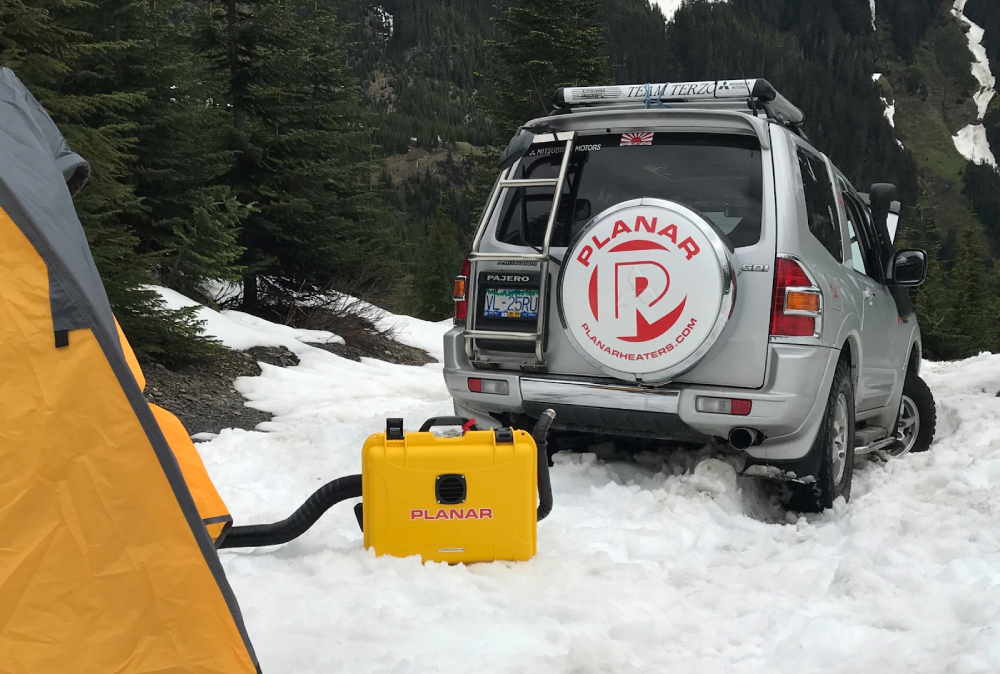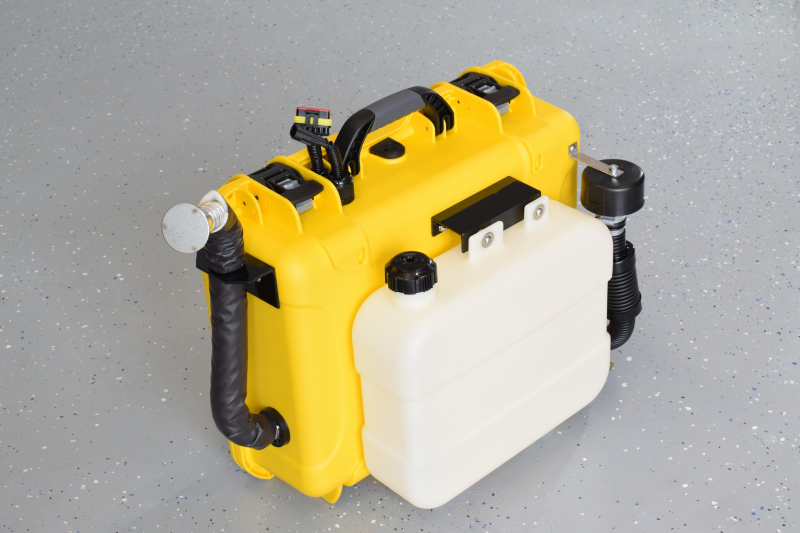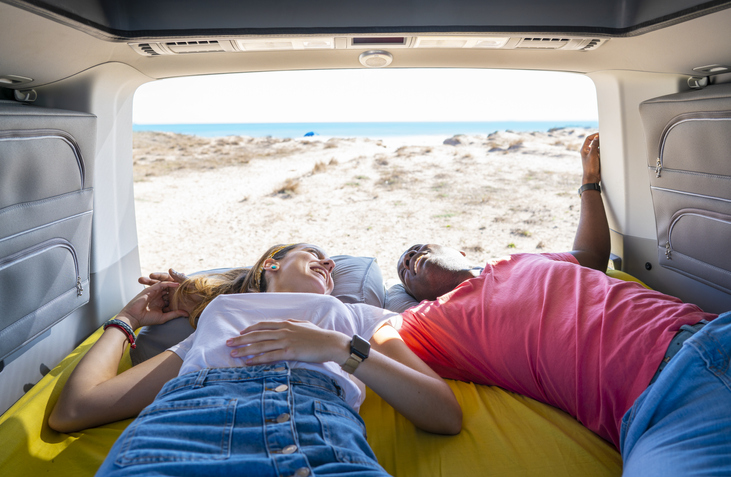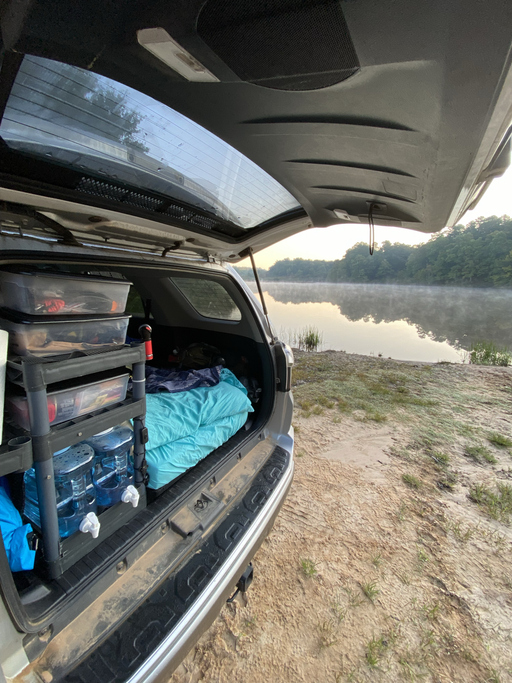photo by KonArt via iStock
While we usually talk about trucks and 4×4 overlanding vehicles here, we have also been looking at overlanding from a different angle lately.
Living the van life has become more and more popular in the past few years, but it does not require you to buy a large van anymore. Whether you want short trips at a time or ultimately convert to living in your car, you can build yourself a microcamper and do it all.
Since the pandemic started, remote working opportunities arose, and living life on the road has become an option for many people. So, for whatever reason, if you are interested in a car conversion, we have your back.
In this article, we will be taking you through some of the niftiest ideas we have found online with the help of fellow car conversion enthusiasts. If you plan on converting your car into a microcamper, we will give you some great tips and insights on what to do and how to tackle this build. Let’s begin!
Map It Out
photo by sshepard via iStock
The biggest challenge of building a microcamper, first and foremost, is the minimal amount of space your car is prepared to offer. A car setup is lower than a van, and it can be pretty tricky to get everything you need or want in there.
First, you should try to draw out a good plan. You will automatically rethink every placement decision before your building stage as you visualise your setup. Don’t try winging it because you would run into impracticalities while you construct or afterwards.
Don’t worry; you don’t need to be a professional designer to do this. Just make sure you understand your drawing and notes. Also, always be precise in taking and jotting down your measurements.
DIY Microcamper: The Bed & the Passenger Seat Problem
photo by sshepard via iStock
That depends entirely on the car you wish to convert. For example, some vehicles will have the capacity for a bed behind the front seats, while some do not and require you to either scoot the seat forward all the way or remove it entirely.
In both cases, removing the front seat to build a cabinet for extra storage space could be a beneficial option to keep in mind as long as you don’t plan on taking a passenger, that is.
If you do have a passenger and your trunk ends up being just a little too short to fit a bed behind the front seats, don’t worry because not all hope is lost yet. There are great trunk tents from brands like Hasika that allow you to keep your trunk open, which grants you the space to let that mattress stick out.
You may want to support your bed a little with a baseboard you can slide out of your trunk and under your bed. If you are short of space, you can use the legroom in the back seat to tuck your mattress. You need to make sure it won’t block your rear window if it has to stick up there.
It’s a little extra work but well worth the effort if you get to experience a camper trip in your DIY microcamper.
Include a True Overlanding Kitchen in Your DIY Microcamper
photo by Rocky89 via iStock
A raised platform bed with a double drawer kitchen space underneath is the most practical setup we have seen so far for car conversions out there.
A long drawer allows for functional storage, and if you give that drawer an extra lid, you automatically have a space to put your gas stove. The fact that your trunk lid now doubles as an awning that you can easily extend above head-level with a tarp is a welcome bonus.
Get a Heater
Camping in your car is all well and good, but if you want to be warm, you’ll need a heater of some kind.
Of course, you want to be warm but safe, too, which is why the Planar Heaters Portable Diesel Air Heater is such a great option!
As you can see in the image above, the unit stays outside, which minimizes the chances of carbon monoxide in your car. But don’t worry – the unit is built like a tank and can withstand rain, sleet snow, and whatever else Mother Nature throws at it!
With the ability to run off of diesel or kerosene (and 12V power), you have flexibility in terms of how you run the heater. And since it has a silencer, you can be warm and not be disturbed all night by a loud heater!
Other features include a wired remote, excellent portability, great fuel efficiency, and the ability to work in high-altitude situations.
In other words, it’s the perfect addition to your winter camping kit!
Can Your Car Fit the Setup?
photo by MEDITERRANEAN via iStock
Honestly, you can build a DIY microcamper in any car if you get creative. For example, it has been done on a Volkswagen Polo, the Golf’s smaller sibling, for one person and a dog by removing the seats and cooking on a small stove on the ground next to the car.
We’ve seen some great setups in a Lexus GX470, a Ford Ranger, a Subaru Forester, a Toyota 4Runner, a Toyota Rav4, a Toyota Sienna, and even a Mazda CX-5. They all provide enough space for a raised bed with storage space underneath to house the double drawer system we discussed above.
Using Every Nook and Cranny in Your Microcamper Build
photo by sshepard via iStock
Depending on the car you plan to convert, you may have space to spare on the sides of your mattress. If so, it’s a great idea to build a top-accessible cabinet there with a lid that doubles as a shelf. That way, you can lie down in your bed, enjoying the sunset from your trunk with a place to put away your cup of coffee.
Small dividers help keep the spaces organized, and if you segment the lids, you won’t have to clear the entire shelf to grab anything.
Another space you will indeed have is the passenger leg space. If you have a car that allows you to put the backseat down to a flatbed, that’s, of course, better. However, if you have to leave the seat cushions in place, use that leg space compartment as an extra storage space. It can easily fit a regular-sized backpack with clothing or groceries down there.
So, there you have it! Use these few simple tips to plan out and begin your microcamper build!



